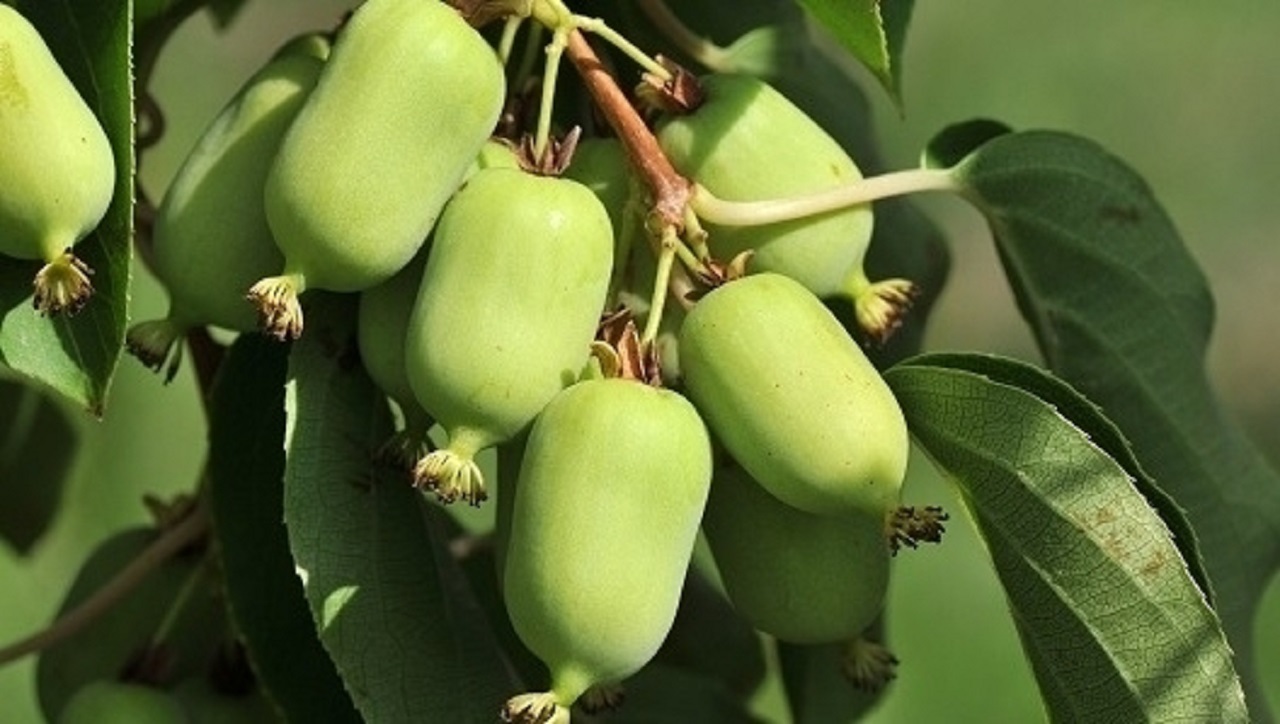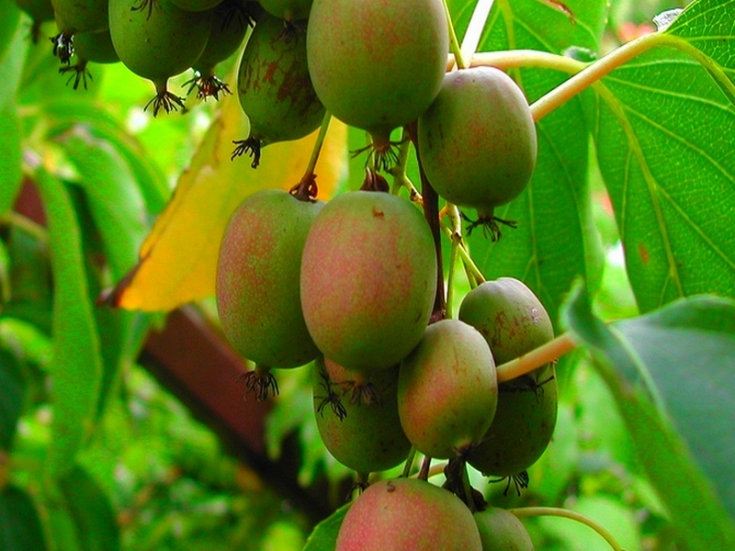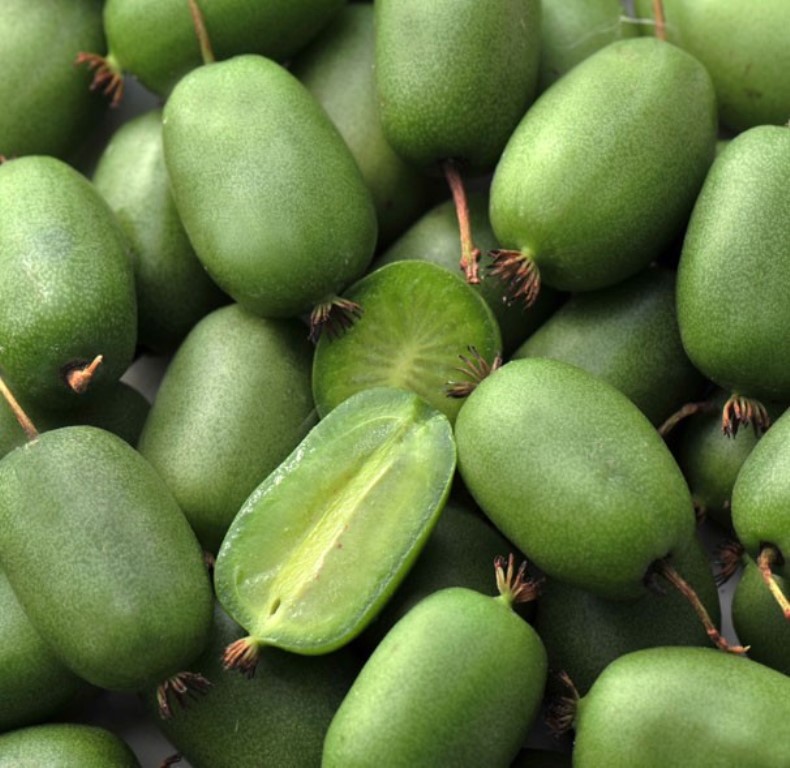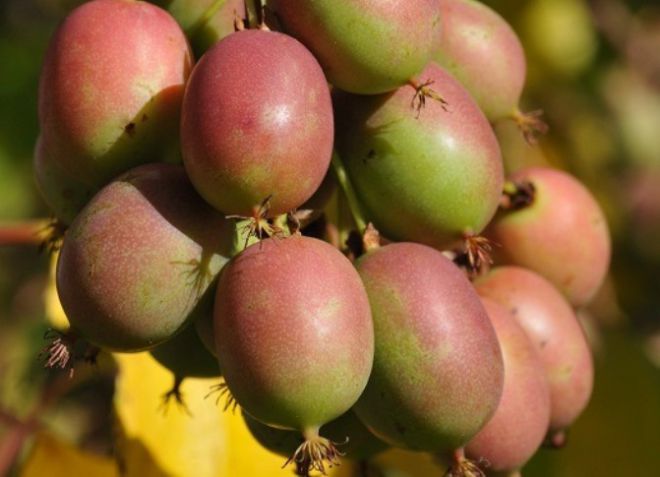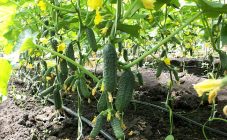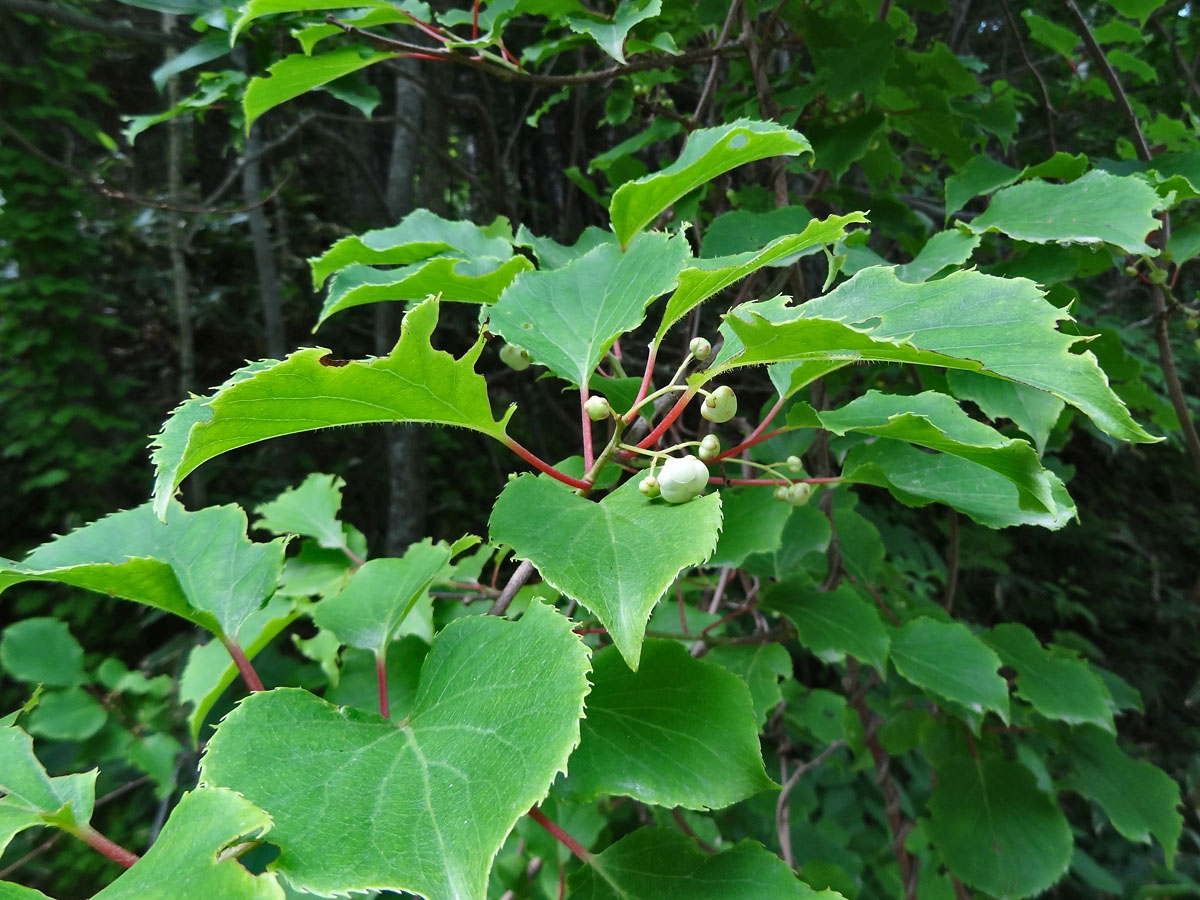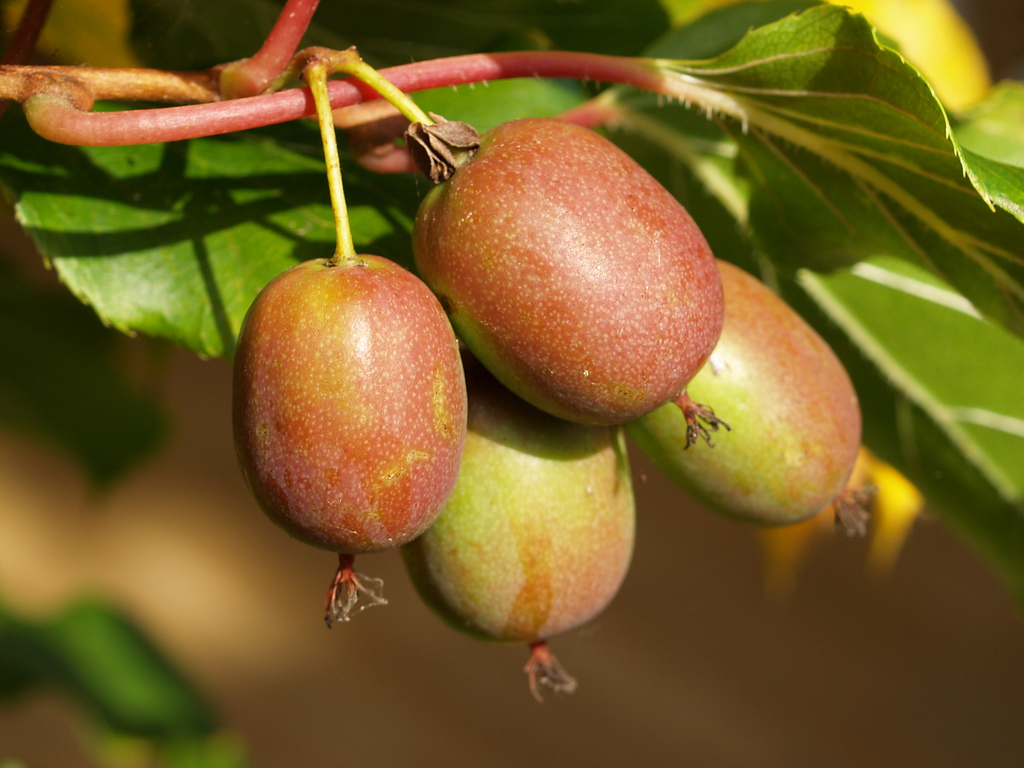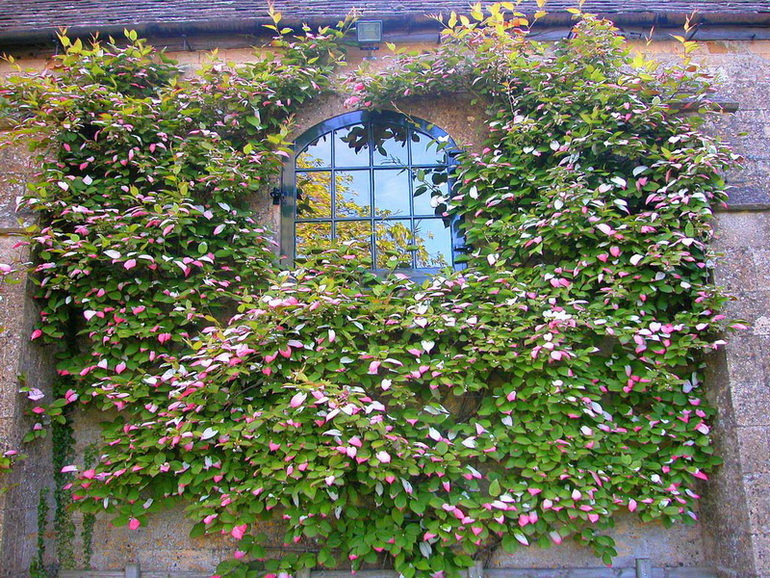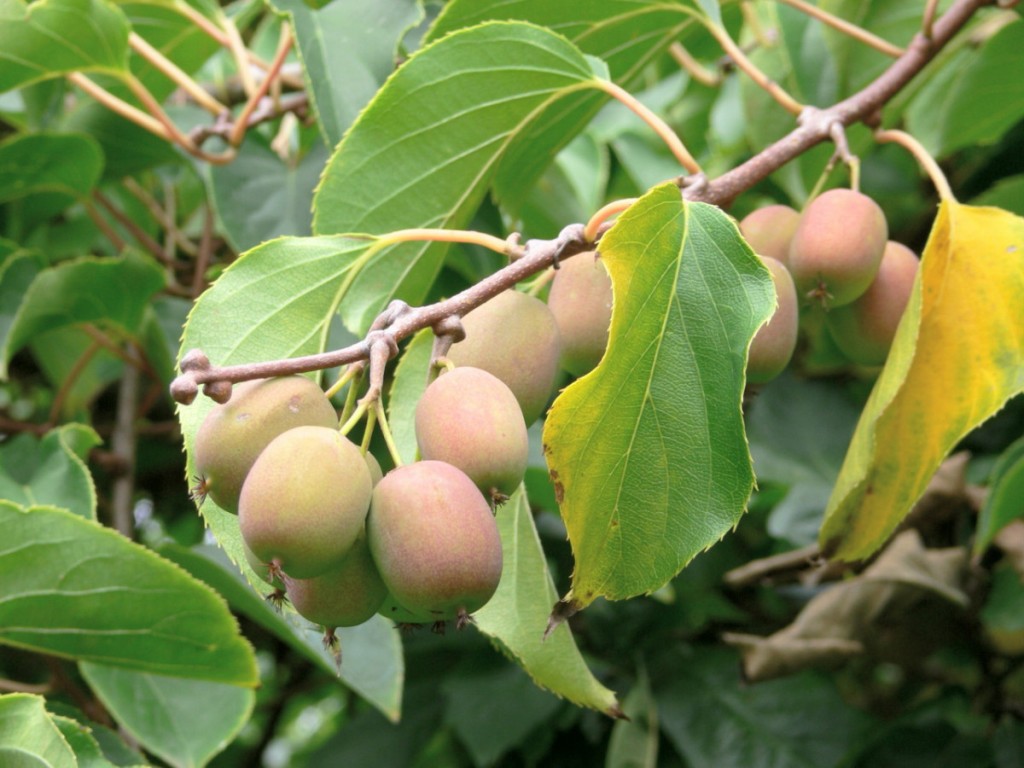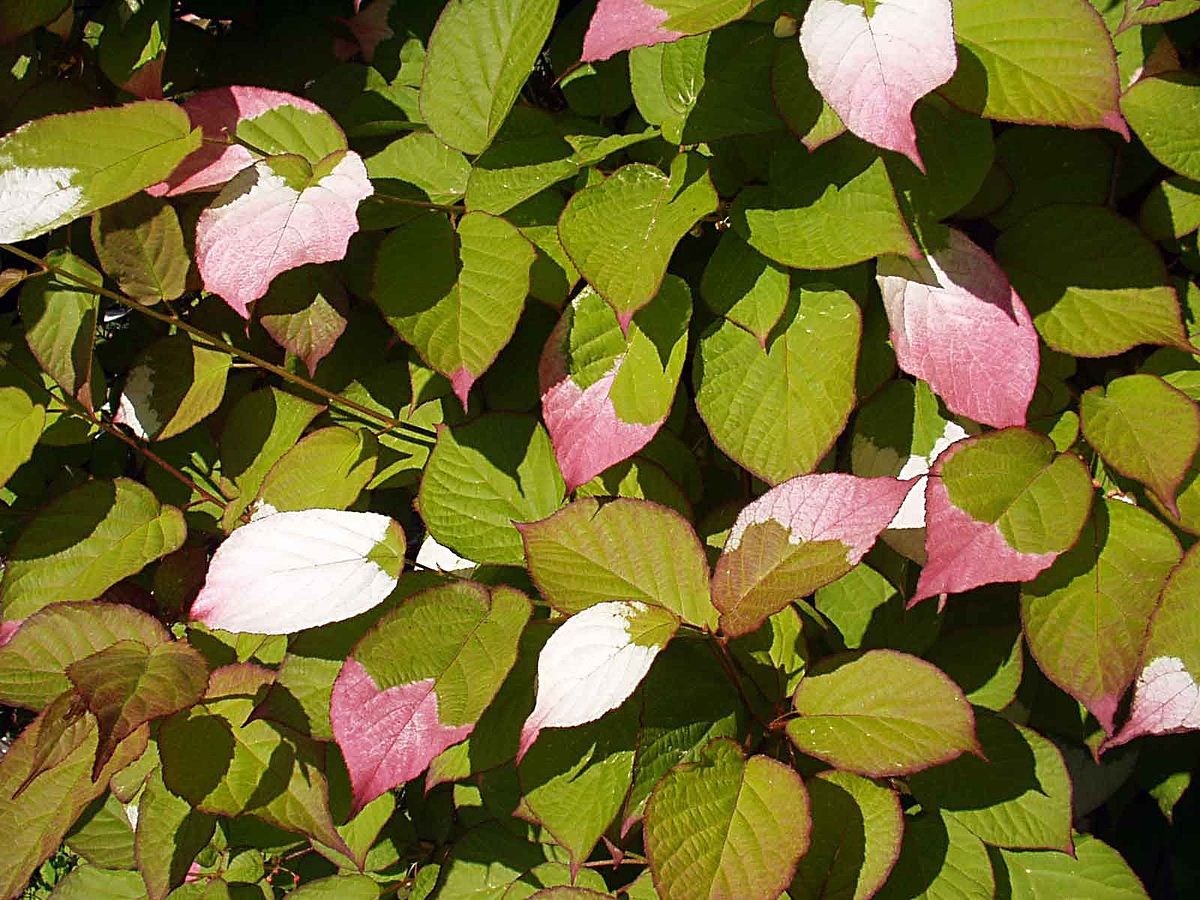Content:
Actinidia is a liana-like plant capable of fruiting, grown in warm climates. Few gardeners know about the suitability of this crop for planting in the Ural expanses and in the cold Siberian region. Historical sources say that actinidia was introduced to our country in the 19th century. In that era, this culture was bred in the southern and Moscow regions of Russia. Actinidia is nowadays used everywhere as a wonderful decoration for the garden landscape and, in addition, gives usable crops.
The possibility of growing in Siberia
The appearance of most of the juicy actinidia fruits is similar to that of the kiwi. In recent years, many retail outlets in our country have been selling these berries: bazaars, shops, supermarkets. However, not everyone knows that this is a liana, which can serve as a decoration for the facade of a residential building. Many are sure that actinidia cannot be grown in Siberia, due to the origin of this culture in the Southeast Asian region, that it can grow only in hot conditions.
Summer weather conditions in the Siberian region are the air temperature, which, under the influence of warming up active sunlight, reaches almost + 30 ° C.
Actinidia, in comparison with other crops, has good frost resistance, due to the later appearance of foliage on the stems of the plant.
In the Siberian region, it is necessary to plant, grow and care for actinidia according to special agricultural technology, due to climatic characteristics.
Cold-resistant varieties of actinidia
In addition to thermophilic varietal varieties that grow only in warm climatic conditions, there are a number of resistant breeding varieties that are capable of developing and bearing fruit in Siberian conditions. The state register has three dozen varietal names.
The varieties bred by I.V. Michurin
- Pineapple Michurina is a high-yielding variety of liana-like actinidia, which has good cold resistance for the climatic zone in which Siberia is located. The fruits of the Actinidia Pineapple Michurina ripen in early August. The total fruiting period is extended. One shrub gives, on average, a five-kilogram yield. The shape of the berries is cylindrical, slightly flattened on the sides. The average fruit weight is 3 grams;
- Clara Zetkin is a medium-hardy late-ripening actinidia, also suitable for cultivation in the northwestern regions. One fruit weighs an average of 2 grams. The yellowish green berry has a cylindrical shape. The maximum yield of one shrub is 3 kilograms.
Moscow varieties of VNIIR selection
- Sakhalin-23 is a cold-resistant varietal actinidia of early ripening. Liana type is undersized. The beginning of fruiting occurs in the first half of August. There are light longitudinal stripes on the surface of green berries. The average weight of the fruit is just over 1 gram. The berry taste is slightly tart;
- Universitetskaya is a cold-resistant medium early variety of actinidia. On the surface of the shiny, rich green berries, there are ribbed longitudinal stripes. The taste of sweet fruits has a light citrus aroma. The yield from one shrub does not exceed one kilogram;
Note. The fruits of the Universitetskaya actinidia can be confused with gooseberries due to their similar appearance. [/ Alert
- GF 17/9 is a cold-resistant varietal actinidia of late fruiting. Liana type is undersized. Green berries have light streaks. The average weight of one berry is 2 grams. The taste of the fruit is notable for the presence of a slight strawberry flavor. The yield of one shrub is about 2 kilograms;
- Home garden is a cold-resistant variety of early ripening. The berries have an elongated cylindrical shape. Some sweet and sour fruits can weigh more than 3 grams. An overripe crop crumbles to the ground. One shrub gives 2 kilograms of fruit.
Hybrid varieties of Novosibirsk selection
- Snowball is a medium-sized pollinating variety with a profusely flowering liana;
- Compact is a high-yielding varietal actinidia. The dark green berries growing on a medium-sized bush are in the shape of a cylinder, however, from time to time, several flat berries can be seen on the same bush. On average, one fruit weighs 3 grams. The sweet taste of the berries is notable for the presence of a barely noticeable banana aroma. One bush gives a 4-kg crop;
- Borisovskaya is a productive variety of actinidia, the berries of which are olive-colored. The shrub is well developed. The overripe crop crumbles to the ground. One bush is capable of giving almost five kilograms of harvest;
- Novosibirsk early is a high-yield varietal actinidia. The bushy, multi-stemmed bush contains flowers of both sexes. The shape ranges from cylindrical to pear-shaped. One berry weighs on average 2 grams. The bush gives 7 kilograms of harvest.
How to plant in the Siberian region
Seedlings of actinidia are sold on trading floors in the form of seedlings. When purchasing planting material, you should inquire about the sex of the plant, in order to avoid buying a pollinator instead of a fruitful liana. It is better to purchase actinidia seedlings placed in a special container.
Actinidia should be planted in a lighted area, protected from the winds, on fertile humus soil.
Note. Growing actinidia on depleted soil will reduce the yield several times. [/ Alert
The liana is planted in a recess located at a half-meter mark. The first step is to introduce humus mixed with black soil, to which you can also add 1 gram of superphosphate fertilizer. After that, the plant is placed in a hole and covered with earth. Next, the bush should be watered abundantly, avoiding an excess of moisture. At the end, the soil is mulched with one of the suitable types of compost:
- peat;
- straw;
- chips;
- sawdust.
How to grow and care
Actinidia cultivation in Siberia is subject to the following conditions:
- In the first 2 years after planting, the vine should be removed from the trellis;
- For the winter, actinidia is covered with straw, hay, foliage or garden film;
- Fencing the shrub with a metal mesh from pets;
- Loosening of the soil is permissible only on the surface.
Propagation of actinidia by cuttings
Actinidia are cut in mid-July using a non-lignified stem, which is shortened by 2 buds. Only the upper leaves are left, the lower ones are completely removed. Planting cuttings is carried out in the sand, holding the seedlings in an inclined position. After abundant irrigation of the sprouts, the ridge is covered with a garden film to provide a greenhouse effect. It takes 2 weeks for a liana bush to take root. After that, with the onset of cloudy weather, the film is removed. Spraying of cuttings is carried out 4 times a day to maintain humidity inside the greenhouse. Watering is reduced as the plant develops.
Prevention of diseases of the liana bush
The liana bush is not very susceptible to diseases, however, from time to time, it gets sick:
- powdery mildew;
- fungal diseases;
- fruit rot.
Sick branches must be removed and burned to prevent the spread of infection. A preventive measure in these cases is to spray the planting with Bordeaux liquid in a 1% concentration after the germination of the first buds. To eliminate foci of lesion with powdery mildew, the liana is treated with a solution of calcium soda in a 0.5% concentration. Repetition of processing is carried out every 10 days.
Actinidia is a truly unusual mid-latitude plant. That is why actinidia Kolomikta landing and leaving in Siberia, at first glance, seem to be a difficult task. [/ Alert]
However, taking proper care of the plant, every Siberian gardener will be able to decorate his garden plot with this wonderful fruiting vine, one type of fruit of which reminds of exotic and warm countries.
